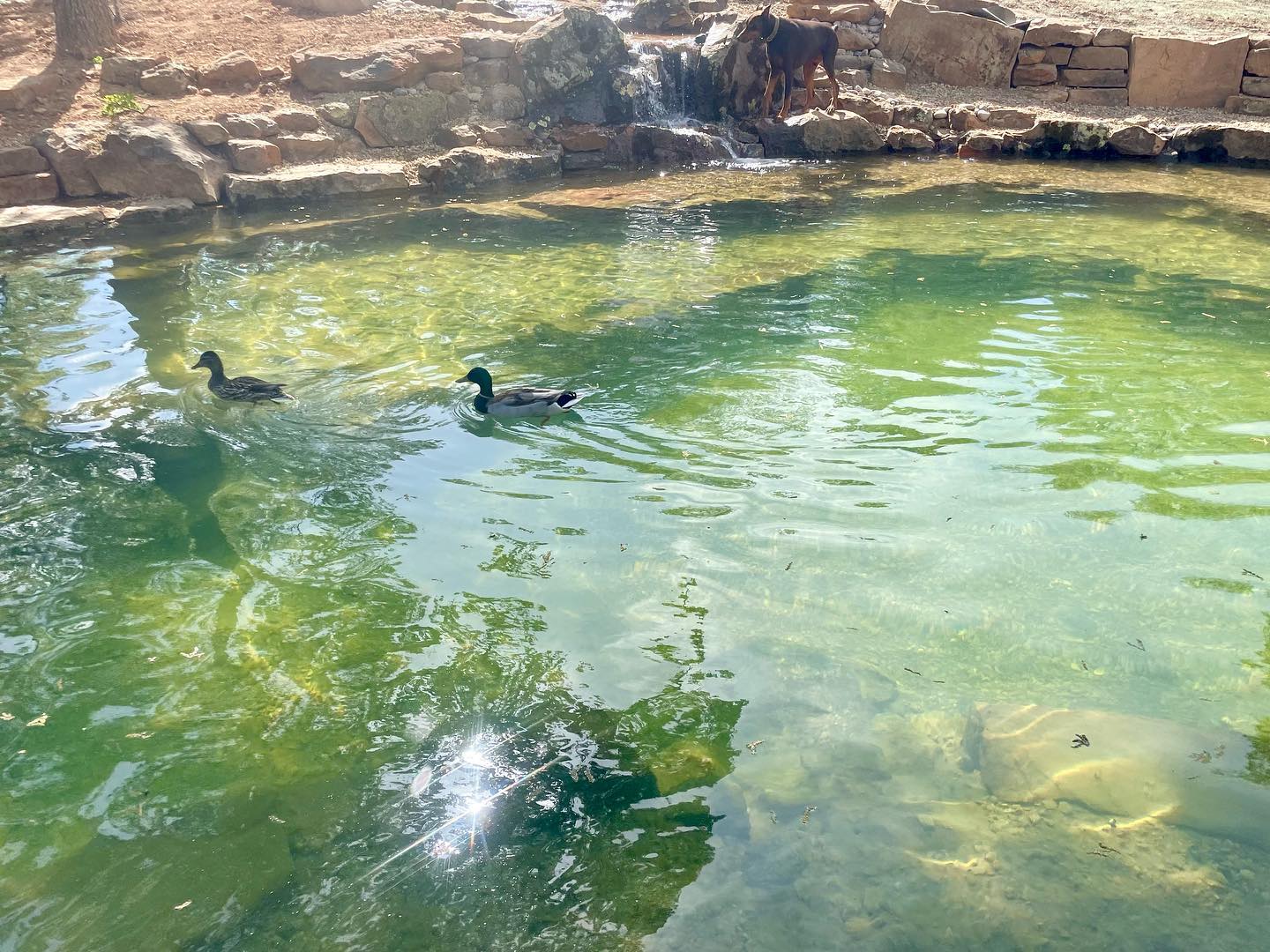Finding a Water Feature Leak
While loss of water in a water garden due to evaporation and occasional spills is normal, a significant loss can be a problem and is often attributed to the Texas Pond Leak. The first and most difficult step to repair a leak in a pond is to find the leak. Follow these steps to find a leak in the pond a little more efficient.
Step 1) to find a Texas Pond Leakage
Turn off the pump. If the water level continues to drop, go to step C to continue the leak detection in your pool. If the water level remains the same, see Step 2.
Step 2) in the search for a leak from the Texas Basin
Now you have determined that the leak is not in the main basin of the pond. Now you have to reduce it a bit more. The pond leakage is in the pipes or in the waterfall / stream. Carefully examine your tracks, especially on each board, and make sure there are no leaks. Then inspect your waterfall and streams for leaks.
Most often, the problem is caused by plant material or other obstructions that increase the water level behind the landfill and cause overflowing of the cladding. Maybe a stone has gone down, or the lining of your pond has slipped into an area below the water level. If it has not rained in a few days, check the extent of a wet spot. When you find one, you have a good idea of where to look for the cause of the leak. If you have not yet found the problem, use the ideas from Step 3 in the creek bed.
Step 3 to find a leak in a backyard koi pond in Texas
At this point you have determined that the leak is in the pond. Leave the pump off and let the Koi Pond drain until it stops. If you do not stop before reaching a dangerous level for fish and plants, you must temporarily remove them from the pond. While the water level is low, check the edges to make sure that the pond liner has not fallen or that the stones have not moved.
When the water reaches the point where it no longer falls, it is necessary to inspect the liner along this water level just to find the source of your pond leaks. You must be aware of any unevenness in the pond wall due to a large wound or small perforation. For quick leaks, you can try adding milk to a spray bottle and spraying in the water on the edges of the pond. The milk will scramble the water where there is no hole. It will sink in the hole, if there is one. This method does not work for slow leaks.
Once you find the source of the leak in your pond, it’s time for repairs. If it was just a moved liner, replace everything in its place. When a hole has been found in the lining of the pond, you can try applying the patch itself or Reach Out to FncPonds to get a new liner put in to insure it does not leak. We often find that if there is a hole in the liner, there are many more and replacing it the best option.





